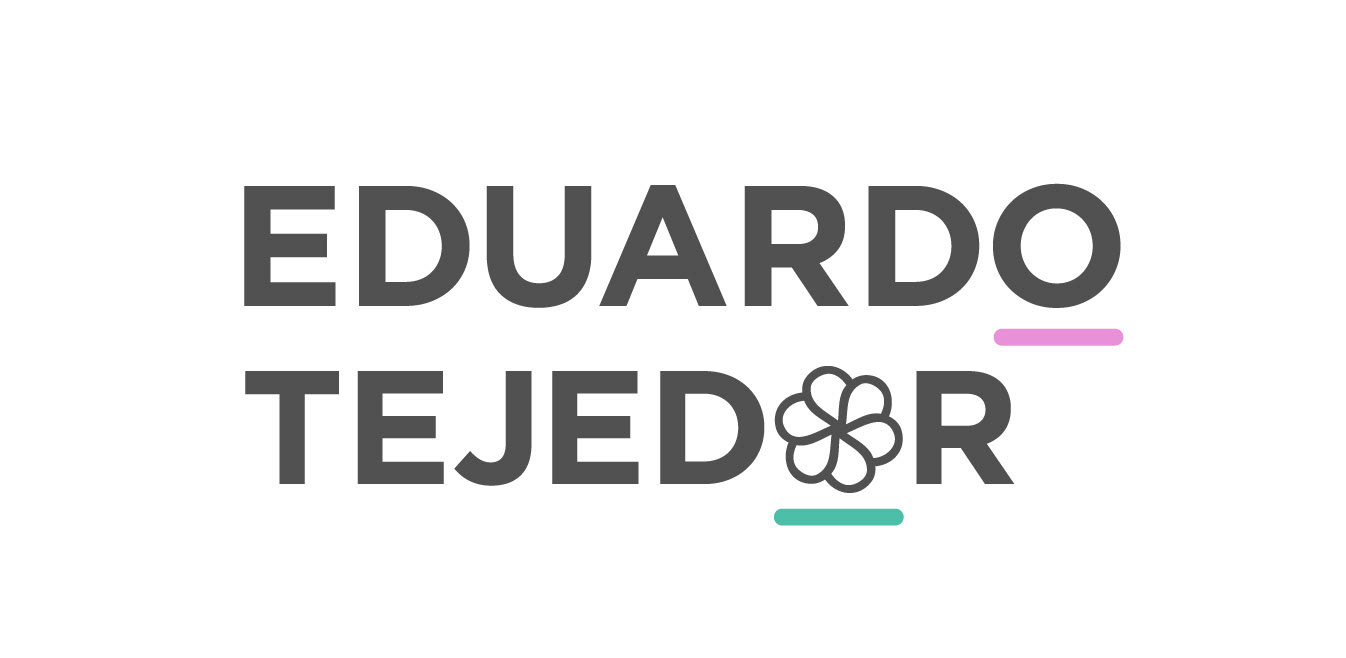
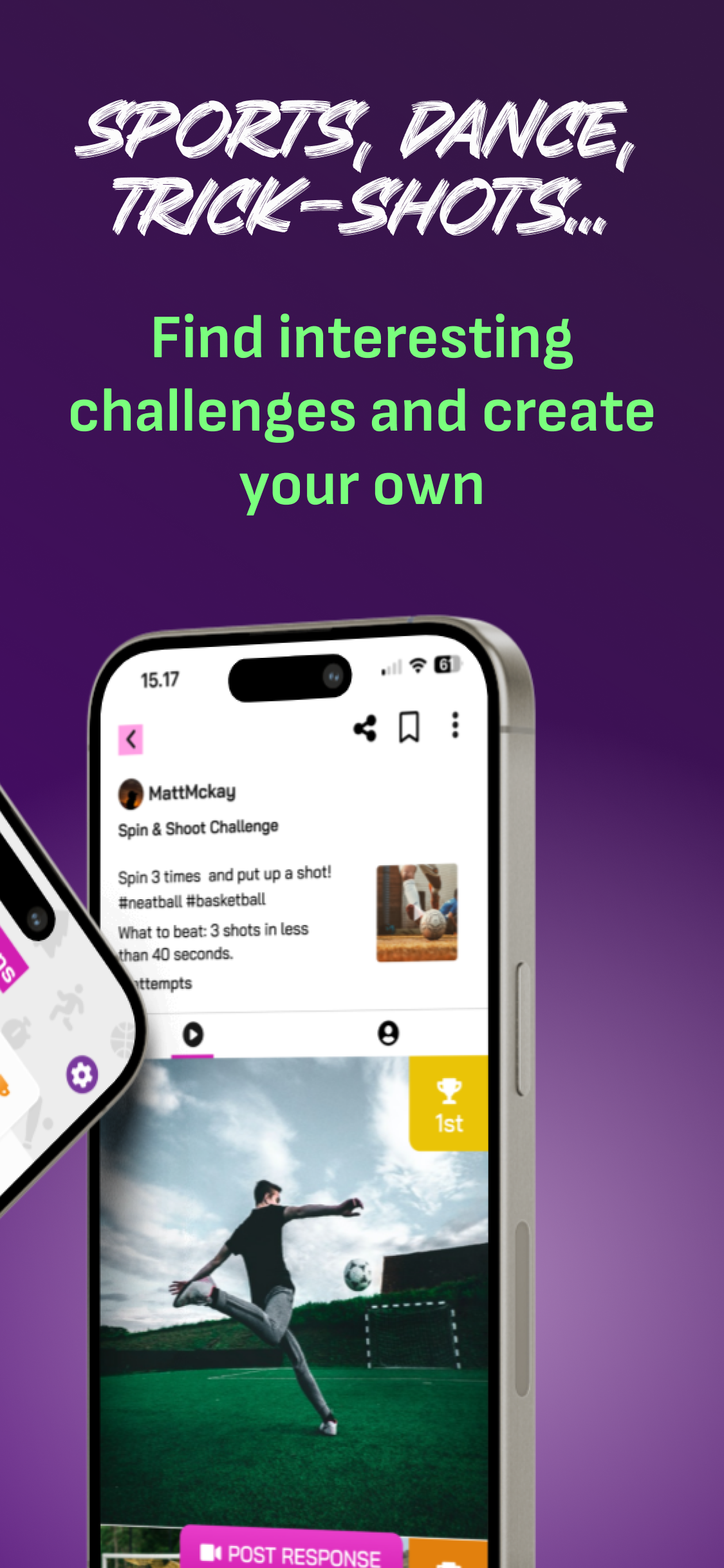

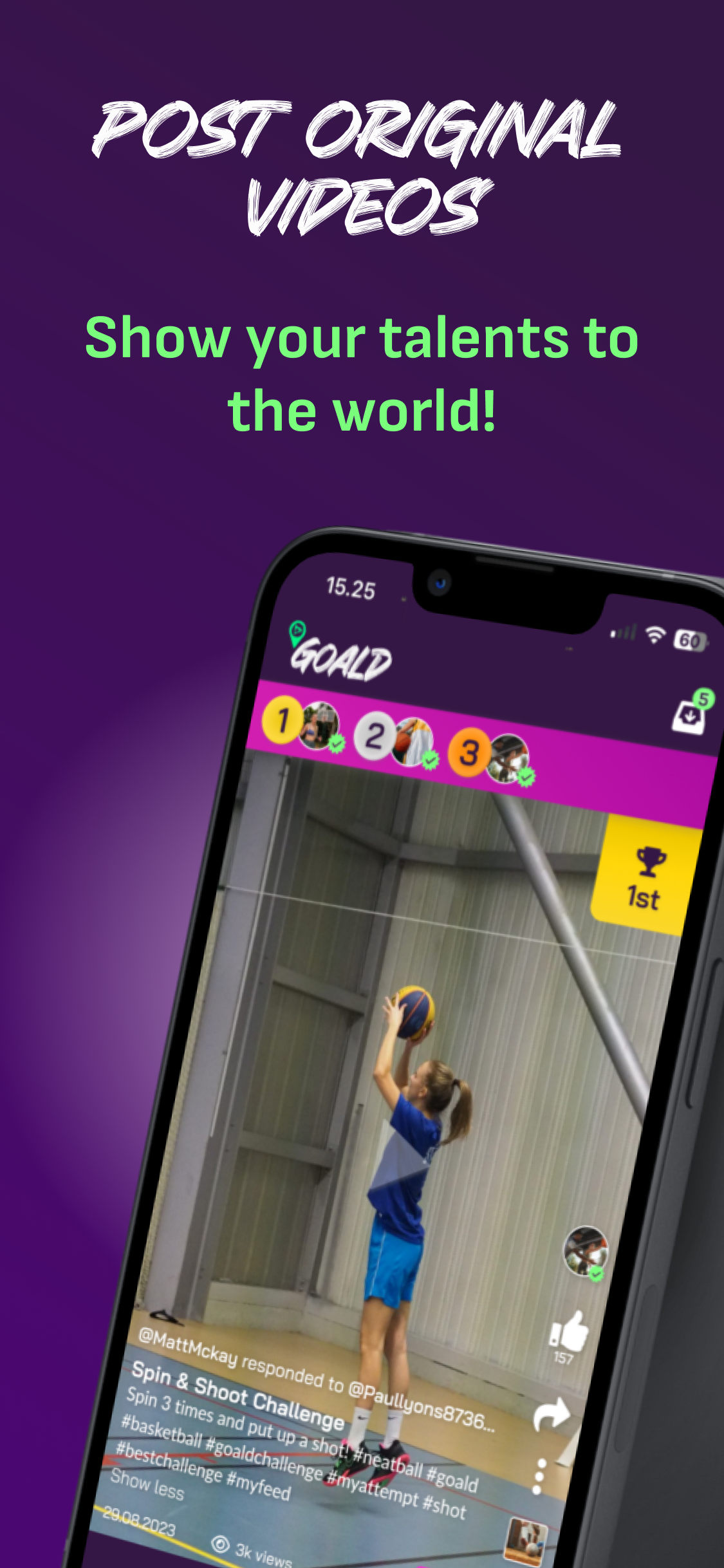

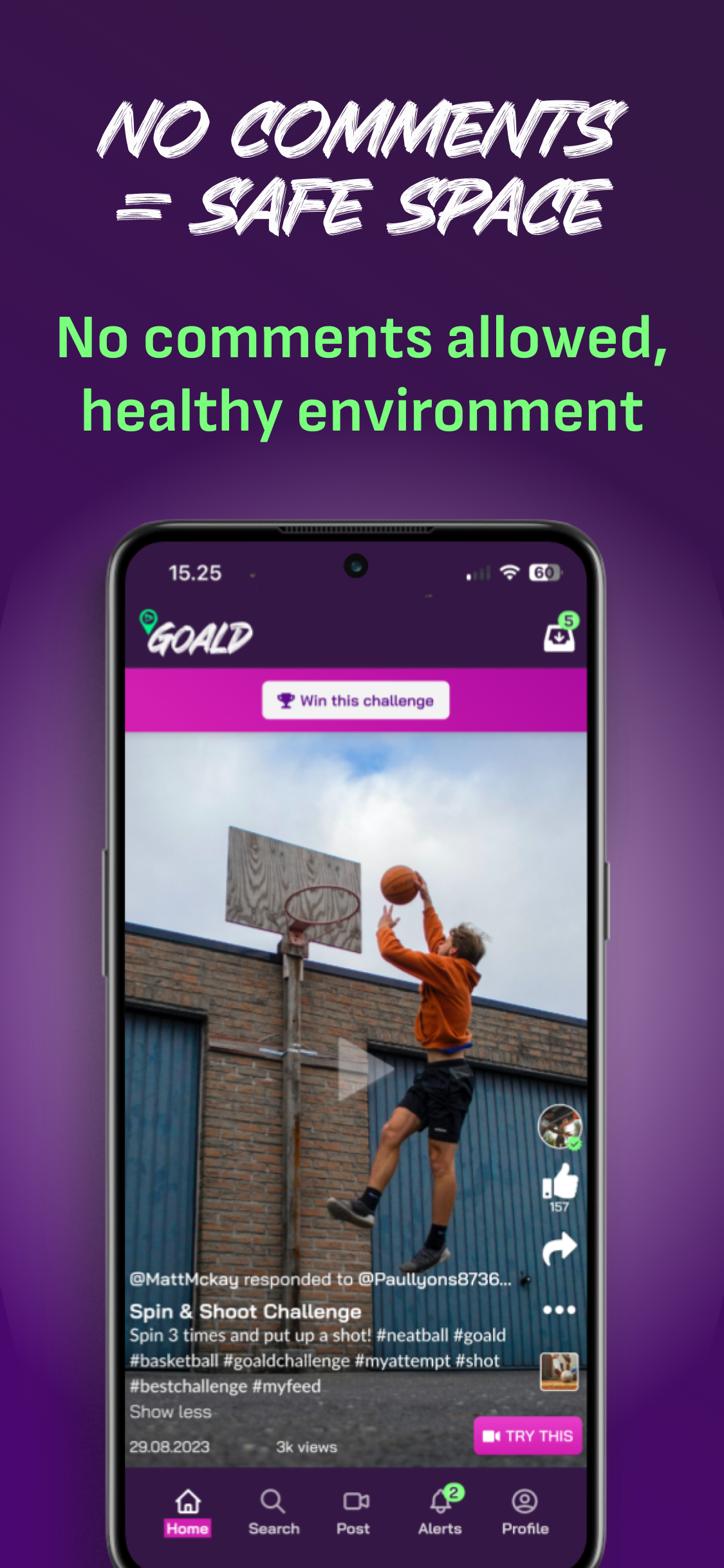

App store sample screens (above).
Goald Challenges app is simple and easy to use:
1 - Find an interesting challenge or create your own uploading your video
1 - Find an interesting challenge or create your own uploading your video
2 - Add a description and the "rules" for your challenge / try to beat someone else's challenge
3 - Tag your friends to call them out to join the challenge
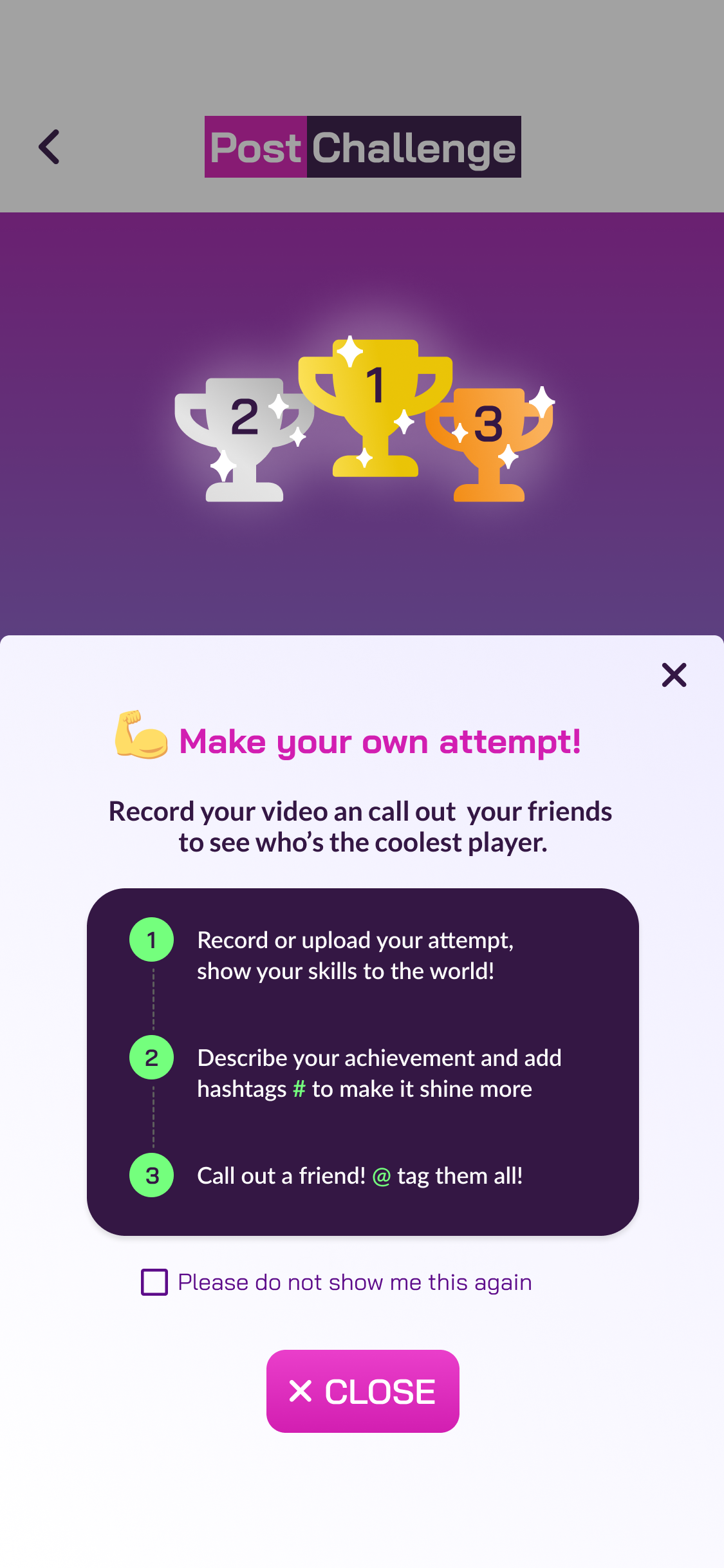

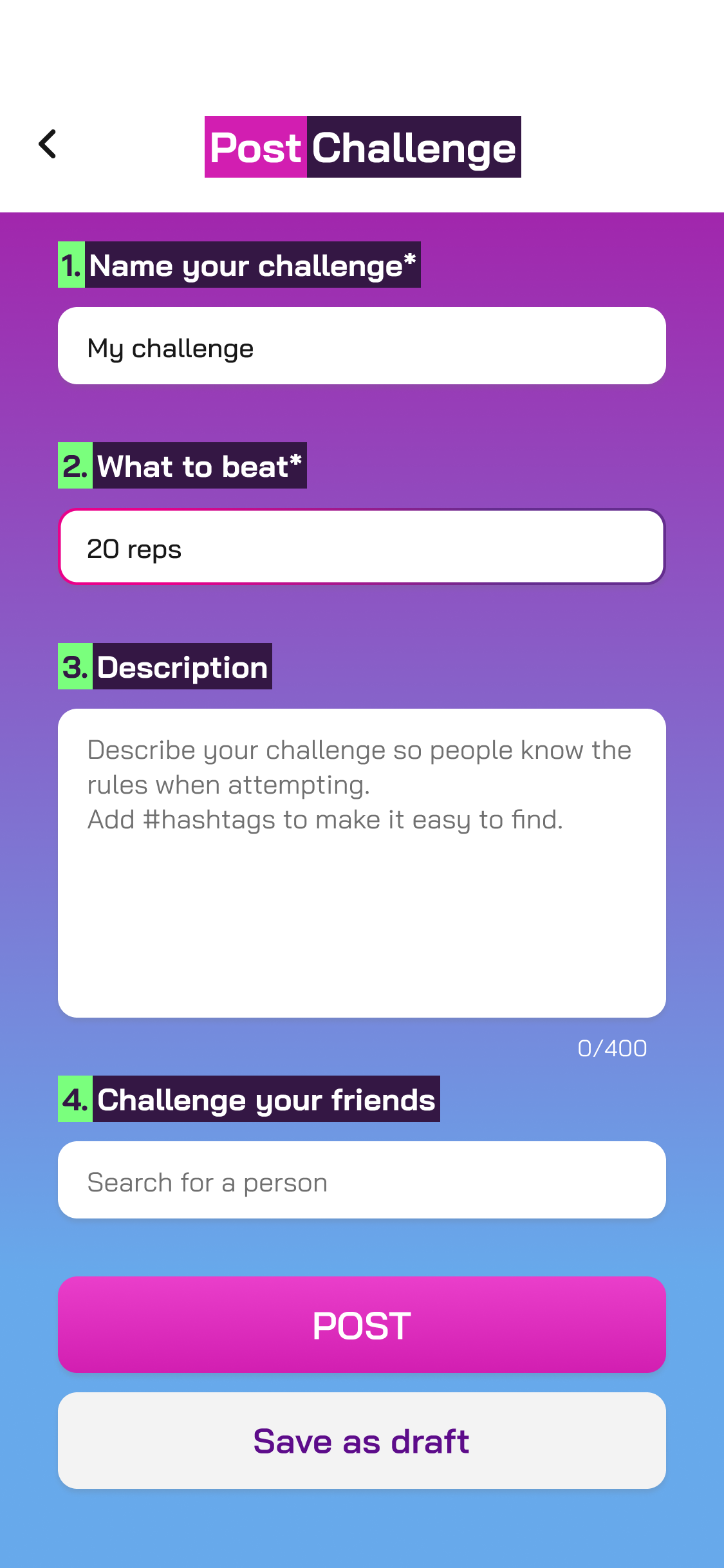

Visit their website Goald Challenges and download the app.
Intro
I joined the startup team in the summer of 2023 and started my design process by asking the team about their particular goals and wishes for developing the product. We had a few discussions with the business and development team and established a defined scope for the design work.
The most critical aspects to tackle at that moment were:
-Improving the user experience to make the product more engaging, attractive, and fun.
(It was critical to help users intuitively understand the app, and encourage them to add content and interact with it).
-Creating a new consistent user interface based on usability and user-centered design principles.
-Building new UX paths to complement the app experience and move towards gamification and monetization.
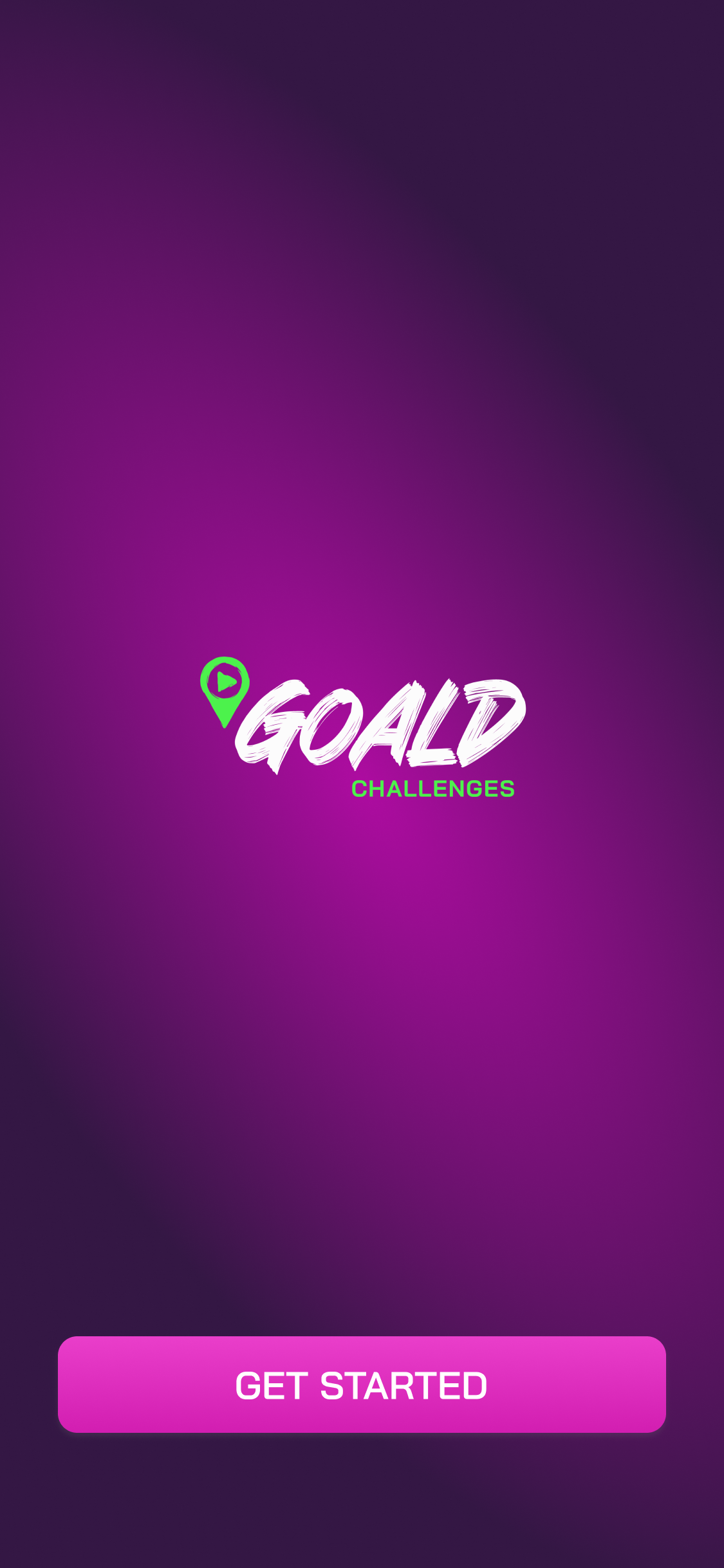
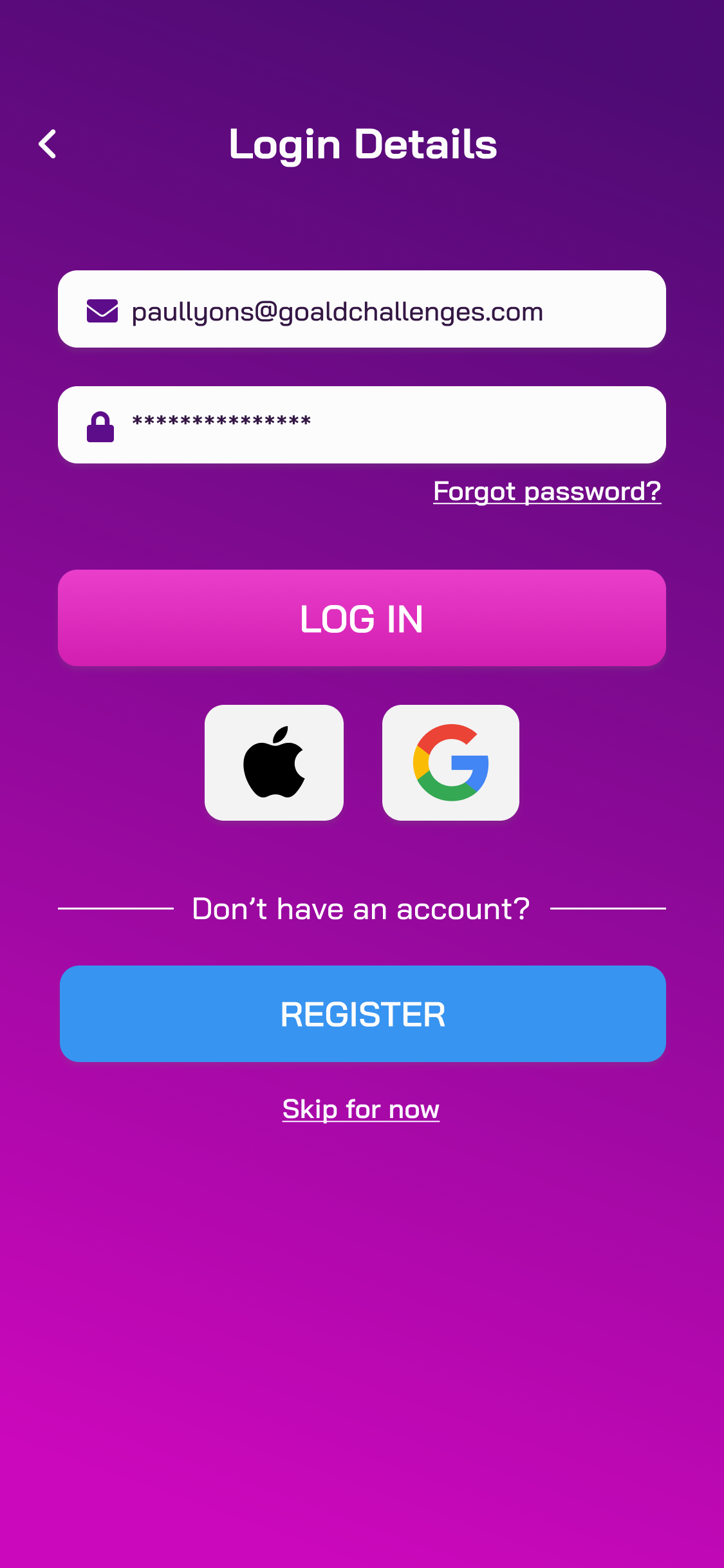

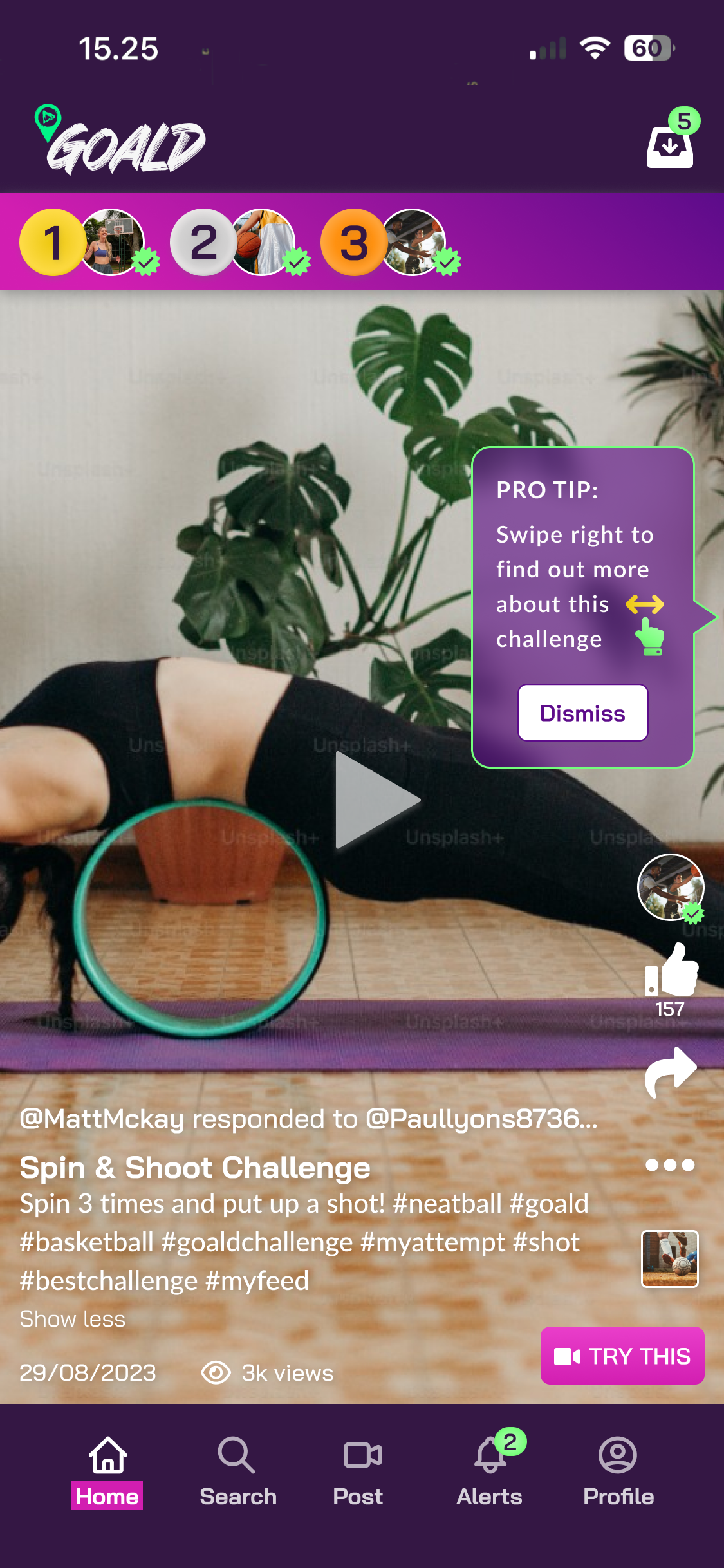
The Design Process
I started the design work by mapping all the user journeys in the app and connecting them all to understand what parts of the product were working well and what other parts could be improved. Based on those UX journeys we created potential new UX paths that could complement the existing ones and help the overall app experience to be more concise and solid. We also mapped potential new features to increase engagement.
I worked with boards (on Miro app) to help us understand the product from the user perspective, always considering the business strategy.
I divided the App into different areas and journeys, to be able to identify the functions of every part of the product, the user's needs and pains, and the touchpoints between those areas.
I worked on evolving the app by focusing on user satisfaction and looking for potential growth opportunities in every area to increase traffic, upgrade performance, and add value to the product.
Connect the emotional aspect with the user interface was a key point of the design development. After all, "we are building something from humans to humans" and keeping the features and overall experience in a comfortable and familiar style is critical.
The main areas for the development were:
-Retention (user engagement)
- Onboarding (attracting new users)
-Interaction (encouraging content creation)
-Interaction+ (building community and adding purpose)
-Emotional comfort (safe environment and sense of belonging)
We prioritized the UX paths and product features that were more critical based on a user-centered design strategy and the ones that best aligned with the business goals and the company values.
I mapped the user journeys based on the app functionalities from the start point and realigned the paths that could be improved, as well as proposed new paths for the new features.
Design sprints
Our teamwork was based on a quick iterative process where the priority was to implement, test and launch new versions of the app every 2-3 weeks. I have had the pleasure and the challenge to lead the design strategy based on trends, interaction design, and user-friendliness. We aimed to offer a valuable product at an effective pace.
We ran a few workshops (design sprints) with the team to start bouncing ideas, working in sync, and defining the forms of collaboration. It was critical to have weekly meetings and offline discussions with the design-development team to take care of the important areas of the product and have a dynamic development process toward effective implementation.
Design process:
· Framing situations, challenges, and expectations
· Researching similar apps/tools, competitors, and app trends
· Mapping journeys, improving usability (by simplification and familiarity)
· Adding desirable features and opportunities
· Brainstorming alternatives
· Narrowing down possible solutions
· Wireframing and Prototyping
· Early evaluation of the designs, based on technical requirements and UX design critiques
· Iteration and refining of the proposals
· Testing and improving the experience and the User interface
· Correction and adjustment of the final designs
· Implementation, final testing, and launching
· User feedback, validation, and review
(Go back to Iteration and keep moving forward)...
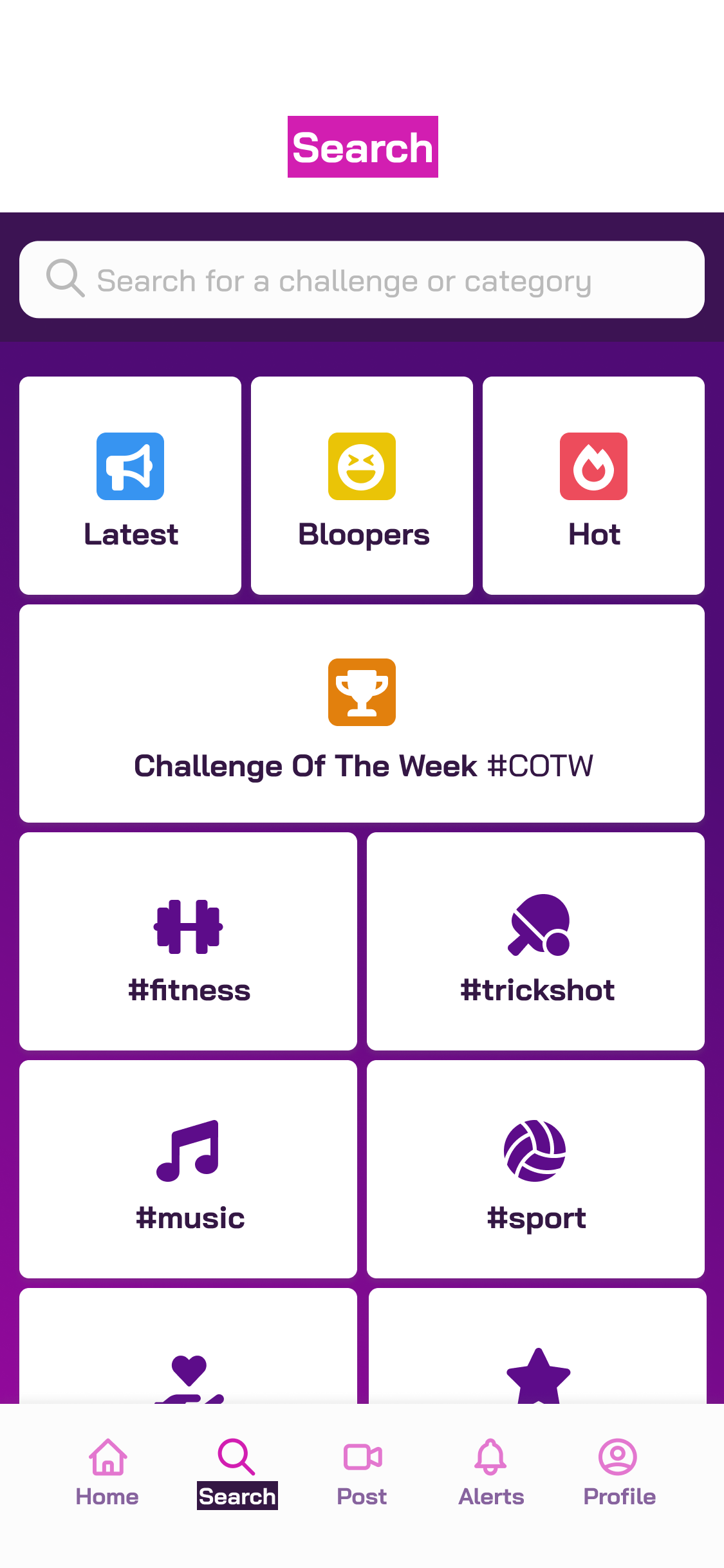


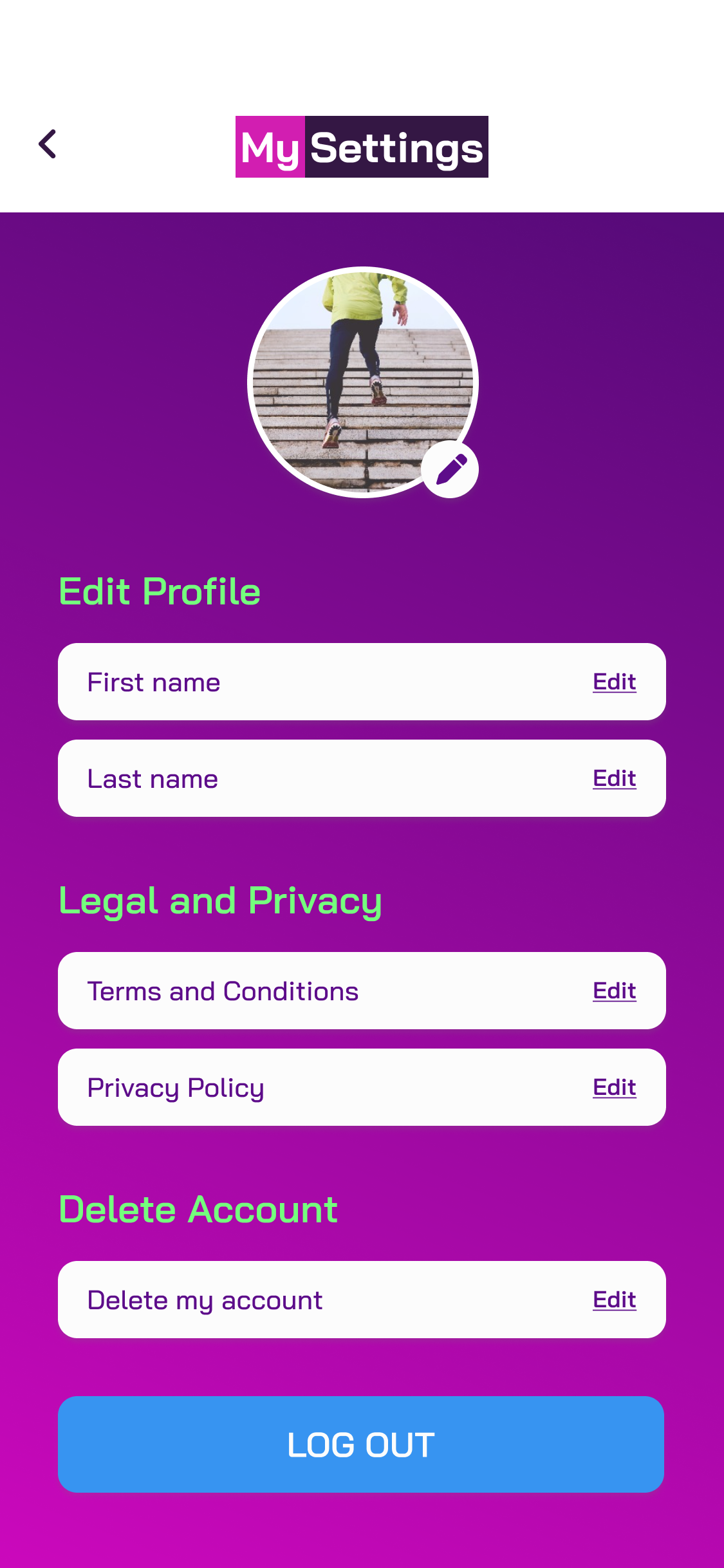

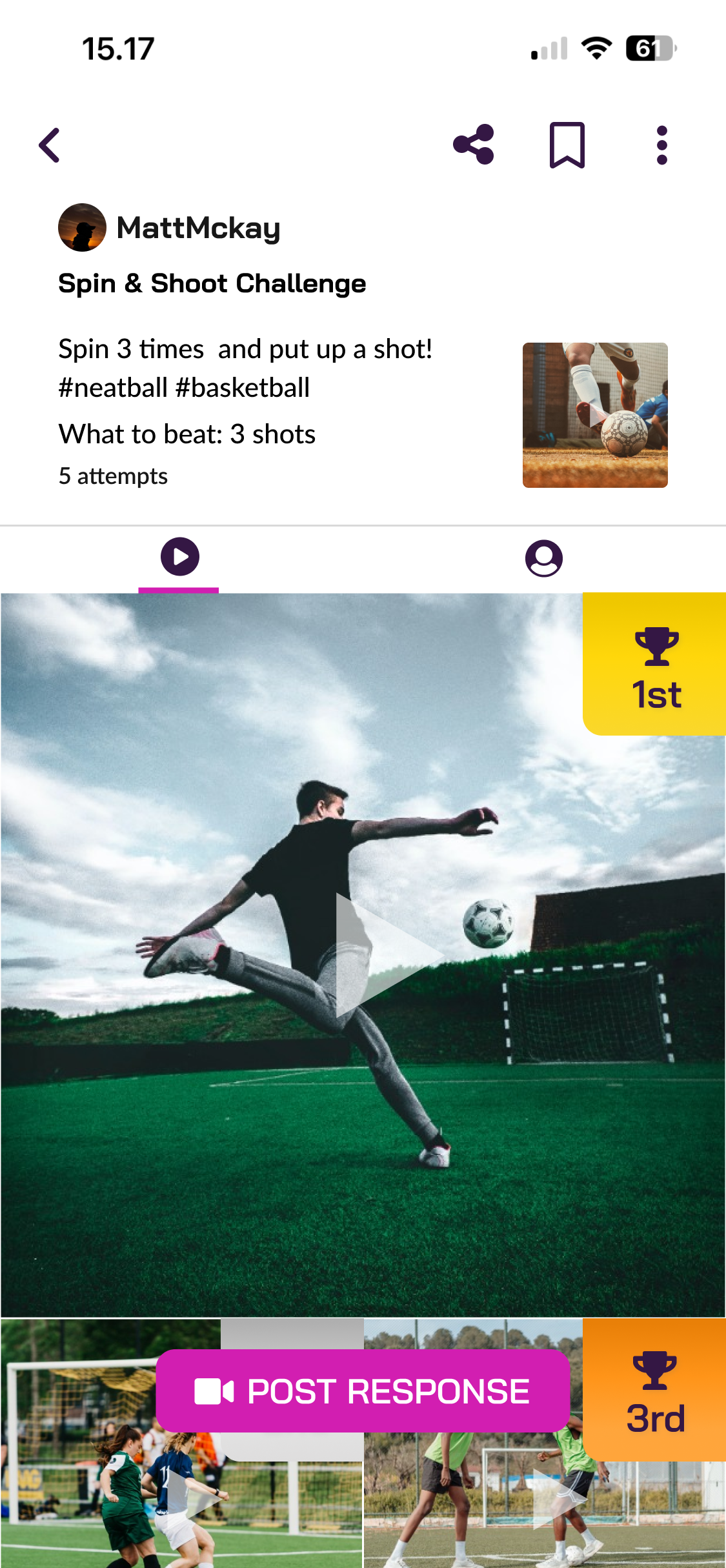
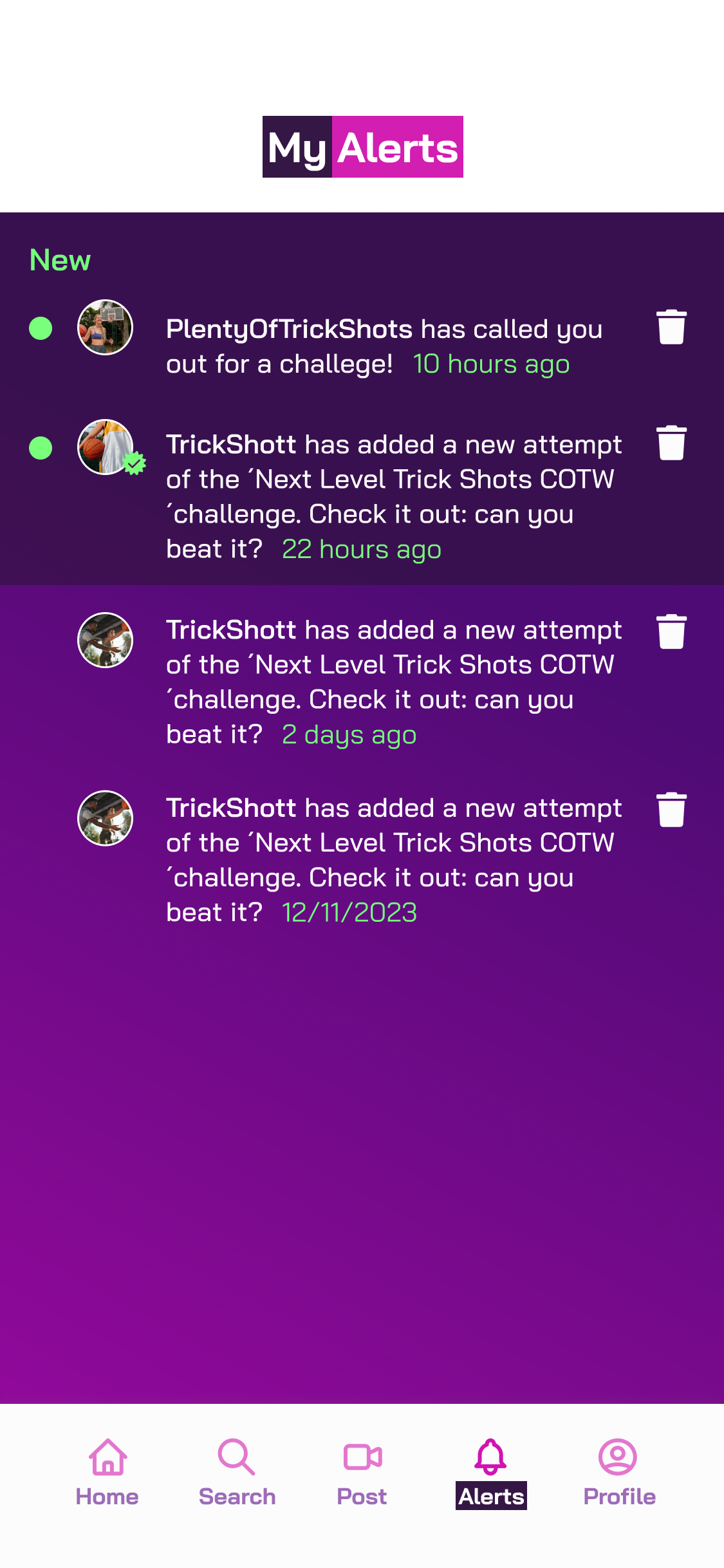
VISUAL BRANDING
We worked (still work-in-process) on the Brand identity across platforms (App, Website, Merch, and Social Media content) to integrate and visually match with all the elements of the Design system (including all design assets and components that are part of the product).
DESIGN SYSTEM
Example of Guidelines for development
RESULTS
The main goal of the Goald app is to create a community and provide a pleasant user experience that supports the users' well-being.
I got excellent feedback from the team since day one, and I think that was reflected in the user experience in different aspects.
-Increased traffic and user acquisition by 25%
-Increased traffic and user acquisition by 25%
-Added 40% more features and commodities
-Increased user satisfaction x3 times, with noticeable retention and more content posted by users every week
-Added value to the experience for users, and to the stakeholders with more potential investment in the future
-Increased functionalities and improved usability by 70%, with an easier, more familiar, and more effective user journey. (By avoiding unnecessary steps and unclear information/action points
-Added gamification to the app and opened possibilities for different monetization alternatives
-Improved and redesigned the design system completely, allowing the app to scale naturally in the future
I am confident about the results overall and I can tell that the transformation of this product had a big jump in a short period of time. I think the design and development process was nearly optimal and the product's value increased as we added more functionalities and potential features to be developed soon by adding AI tools and video editing options for example.
